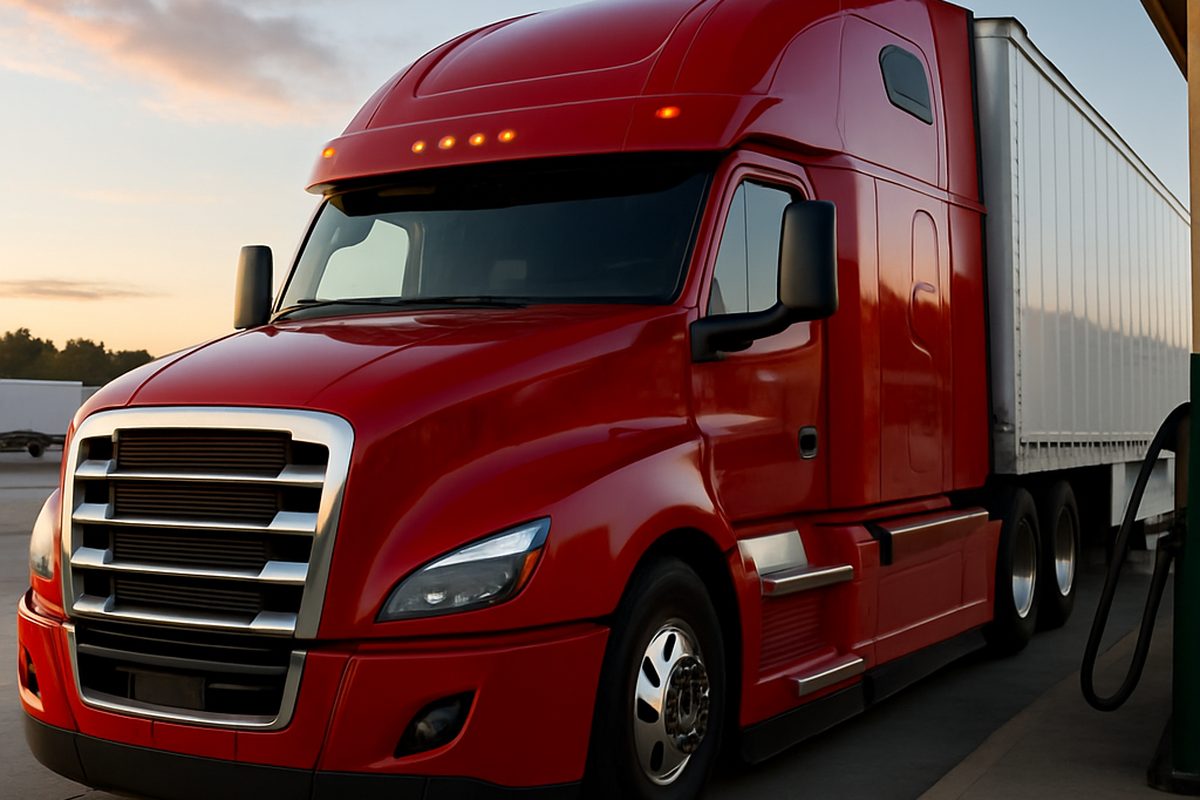Fleet fuel efficiency is a measure of how effectively your fleet uses fuel to complete day-to-day operations. For fleet managers and anyone responsible for fleet management, it’s one of the biggest levers for lowering operating costs and fuel cost. The better your fuel efficiency and fuel economy, the lower your fuel consumption, the smaller your emissions, and the easier it is to control fuel usage at both vehicle and driver levels.
Factors affecting fleet fuel efficiency
Fleet fuel efficiency is influenced by several categories of factors-technical, organizational, and human:
- Vehicle condition and maintenance
Incorrect tire pressure, worn filters, poor engine tuning, and old oil increase fuel use and reduce miles per gallon. Even minor mechanical issues can create noticeable increases in fuel consumption across the fleet. - Routes and load management
Inefficient routes, congestion, excessive idling, and carrying unnecessary weight or volume cause fleet fuel to drop faster than expected. More extra miles and stop-and-go driving translate directly into weaker fuel efficiency. - Driver behavior
Aggressive driving-hard acceleration, sharp braking, speeding-is one of the biggest enemies of fuel economy. Poor driving habits raise fuel usage and speed up vehicle wear. - Fuel quality and operating conditions
Fuel type and quality, seasonal changes, climate, terrain, and the share of urban driving all impact real-world miles per gallon. City driving typically leads to higher fuel consumption due to frequent stops and accelerations. Fuel management practices
Without transparent fuel management, it’s hard to identify where overspending happens. Weak control over fuel card usage, limited tracking of fuel usage, and inaccurate consumption benchmarks make it difficult to reduce fuel consumption.
Strategies to Improve fleet fuel efficiency
If your goal is to reduce fuel and improve fuel efficiency, take a systematic approach:
- Preventive maintenance and service standards
Set strict schedules for inspections, tire pressure checks, filter replacements, and engine diagnostics. This is the fastest way to improve fuel efficiency without major investment. - Route optimization and idling reduction
Use smarter dispatching and route planning, avoid empty miles, and consolidate deliveries. Monitoring idle time and reducing it can immediately lower fuel consumption and operating costs. - Driver training and behavior monitoring
Eco-driving programs combined with continuous feedback often reduce fuel consumption by 5–15%. Focusing on smoother acceleration, steady speeds, and avoiding aggressive driving improves miles per gallon across the fleet. - Fuel card control and purchasing limits
A fuel card system makes fuel usage transparent: where, when, and how much fuel is bought. Purchase limits, route-based controls, and automated reporting strengthen fuel management and reduce misuse. KPI tracking for fleet managers
Track metrics such as average consumption, deviations from benchmarks, miles per gallon, fuel cost per mile, and idle percent. What gets measured is much easier to improve.

Technology and innovations
Modern tools can significantly upgrade fleet management:
- Telematics system and fuel monitoring
A telematics system collects data on speed, idle time, harsh events, and actual fuel usage. This makes it possible to quickly identify where fuel consumption is leaking and target improvements precisely. - Fuel sensors and analytics
Fuel-level and fuel-flow sensors help detect theft, calculate real consumption, and compare it with norms. Analytics reveal which vehicles or drivers are causing excess fuel use. - Driver assistance systems
In-cab eco-driving prompts, speed limiters, and alerts for harsh acceleration help reduce aggressive driving and improve fuel economy. Alternative powertrains
Hybrid, electric, and natural-gas vehicles can strongly reduce fuel use, especially on urban routes, while also lowering emissions. The Department of Energy often highlights cleaner technologies as a key long-term path to better fuel efficiency.
Conclusion
Fleet fuel efficiency isn’t a single switch-it’s a combination of disciplined maintenance, smarter routing, better driver behavior, strong fuel management, and technology such as telematics systems. When fleet managers actively monitor driver behavior, fuel card activity, and fuel consumption data, they can reduce fuel, cut fuel cost and operating costs, and lower emissions. Start by measuring your current baseline, set clear KPIs, and improve step by step-the results usually show up within the first few months.
Fleet fuel efficiency FAQs
What is fleet fuel efficiency and why is it important ?
Fleet fuel efficiency shows how much fuel a fleet uses per unit of work (for example, miles per gallon). It matters because it directly affects fuel cost, operating costs, and emissions. Higher fuel efficiency means a more profitable and sustainable fleet.
What strategies can be implemented to improve fuel management ?
To improve fuel management, use fuel cards, set consumption benchmarks, and monitor usage through a telematics system. Optimize routes, reduce idling, and train drivers to avoid aggressive driving. These steps help reduce fuel consumption and improve fuel economy across the fleet.
